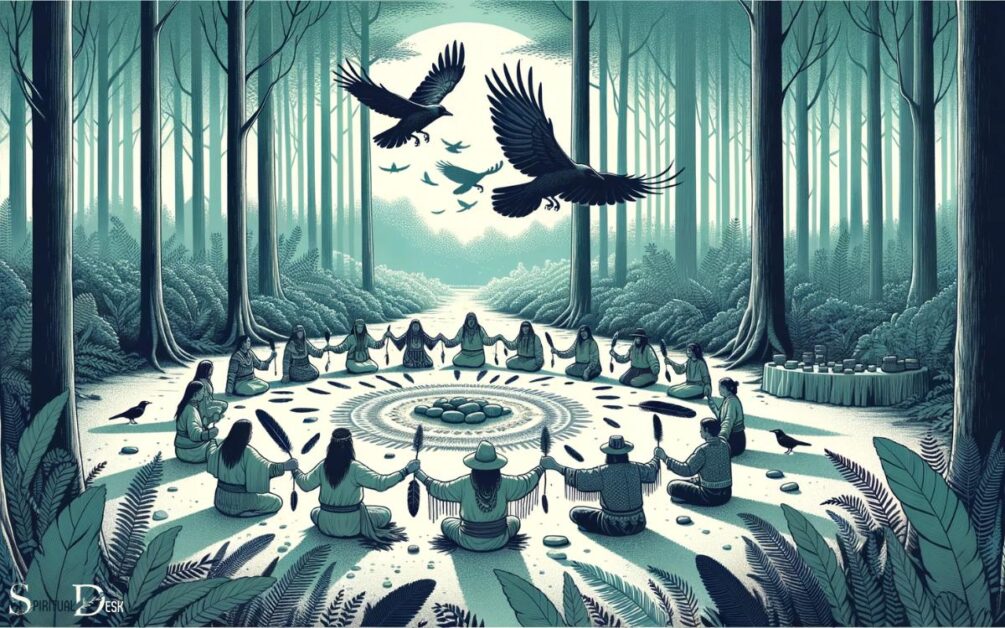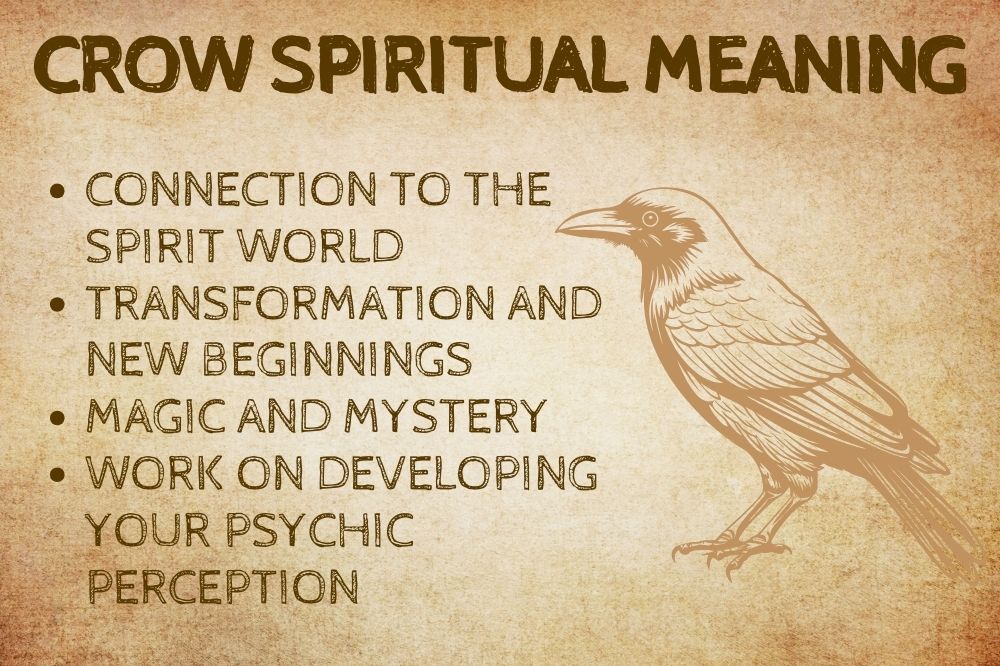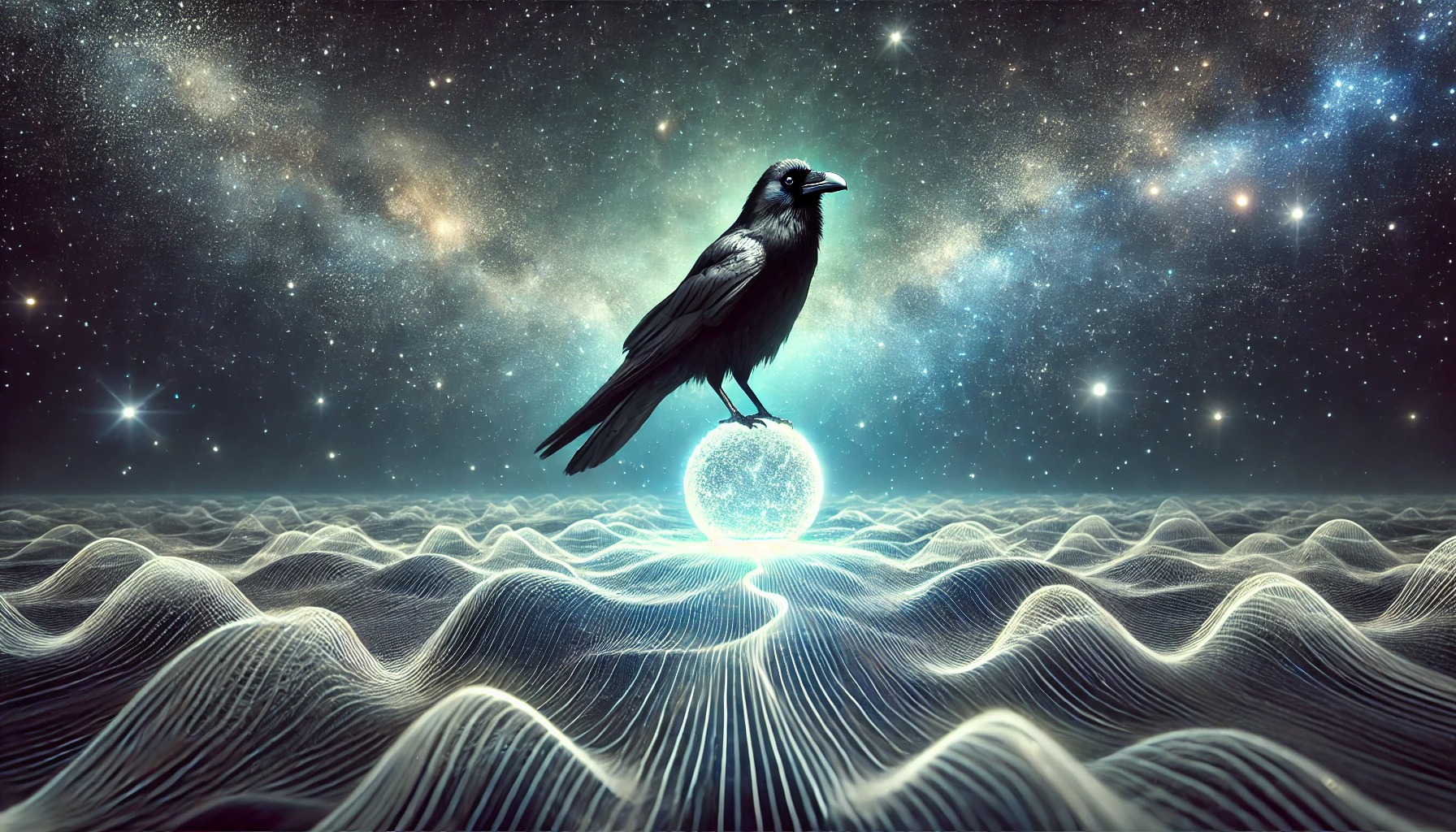
Under the Big Sky: The Enduring Heart of Crow Spiritual Practices
Under the vast, cerulean expanse of the Montana sky, where the Yellowstone River carves its ancient path through rugged plains and towering mountains, live the Apsáalooke, or Crow people. Their history is etched into this land, and their spiritual practices, deeply intertwined with every aspect of life, echo the wisdom of generations who have walked this sacred ground. Far from being relics of the past, Crow spirituality is a vibrant, living tradition, a testament to resilience, connection, and a profound understanding of the universe.
For the Apsáalooke, spirituality is not confined to a specific day or building; it is the very breath of existence. It permeates their relationship with the land, their community, their ancestors, and the unseen world. At its core lies the belief in Akbáalia, the Great Mystery or Creator, an omnipresent force that manifests in all things – from the smallest insect to the grandeur of the Crazy Mountains. This interconnectedness fosters a deep sense of responsibility and reverence for all creation.

"Our land, our ceremonies, our language – they are all one," explains a Crow elder, his eyes scanning the horizon where the plains meet the distant peaks. "They teach us who we are, where we come from, and our place in the circle of life. Without them, we are lost."
The Sacred Pipe: A Bridge to the Divine
Central to many Indigenous spiritual traditions, the Sacred Pipe (Chanunpa) holds paramount importance for the Apsáalooke. More than a smoking device, it is a holy instrument used for prayer, making agreements, and offering gratitude. The pipe, often carved from red pipestone, represents the unity of the cosmos: the bowl is Mother Earth, the stem is all that grows upon her, and the smoke carries prayers to the Creator.
During a pipe ceremony, the tobacco, often mixed with other sacred herbs like sage or cedar, is not inhaled for pleasure but offered as a sacred sacrifice. Each puff is a prayer, a petition, or an acknowledgment. As the smoke rises, it is believed to carry the intentions of the people to Akbáalia. The act of passing the pipe in a circle reinforces community bonds and mutual respect.
"When you hold the pipe, you hold the universe in your hands," says Bear Ground, a Crow spiritual leader. "It demands honesty and a pure heart. What you say with the pipe, you must live. It is a commitment, not just a ritual." The pipe ceremony can be performed for a multitude of reasons: to bless a new venture, to heal the sick, to mourn the dead, or simply to give thanks for the blessings of life.
The Sweat Lodge: Purification and Rebirth
Another cornerstone of Crow spiritual practice is the Sweat Lodge (Inipi). This dome-shaped structure, traditionally made of willow branches covered with blankets or hides, simulates the womb of Mother Earth. Inside, heated stones are placed in a central pit, and water is poured over them, creating intense steam. The lodge is a place of physical, mental, and spiritual purification.
Participants enter the dark, hot lodge, often in silence, to pray, sing, and reflect. The heat and steam are believed to cleanse the body of impurities, while the darkness and shared space foster introspection and a profound sense of unity. Each round of water poured over the stones symbolizes a new beginning, a release of burdens, and a connection to the elements – earth, water, fire, and air.

"The sweat lodge is where we humble ourselves before the Creator," describes a young Crow man who regularly participates in ceremonies. "You go in with your worries, your sickness, your ego. You come out feeling reborn, lighter, connected to something much bigger than yourself. It’s tough, but it’s where real healing happens."
The Sun Dance: Sacrifice for Community
Perhaps the most visually impactful and spiritually profound ceremony for the Apsáalooke and many Plains tribes is the Sun Dance (known as Bíile in Crow). This annual summer ceremony, spanning several days, is a powerful demonstration of sacrifice, prayer, and community renewal. While practices vary among tribes, the core purpose remains consistent: to pray for the well-being of the people, for healing, for abundance, and for the continuation of life.
Historically, the Sun Dance involved rigorous fasting, dancing, and in some traditions, self-sacrifice, such as piercing the flesh as an offering. These acts of devotion are not about suffering for suffering’s sake, but about demonstrating absolute commitment and humility before the Great Mystery, showing that one is willing to give their very self for the benefit of the community and all creation.
"The Sun Dance is about putting your prayers into action," explains an elder involved in organizing the annual ceremony. "You give up food, water, sleep. You dance until you can barely stand. It is a way to show the Creator how serious you are about your prayers, about the health of your family, about the future of our people. It is the strongest prayer we have."
Vision Quest: Seeking Guidance from the Spirit World
For individuals seeking profound personal guidance or a deeper spiritual connection, the Vision Quest (Baaaxúa) is a solitary journey into the wilderness. A young person, or sometimes an adult facing a life transition, will go alone to a remote, sacred site, often without food or water, to pray, meditate, and wait for a vision or a message from the spirit world.
Guided by an elder, the questor prepares spiritually for days, often through sweat lodge ceremonies and fasting. The time spent alone in nature is believed to open the individual to messages from animals, the elements, or ancestors. A vision might come in a dream, a symbol, or a profound realization. These experiences are deeply personal and are later interpreted with the help of the elder, providing direction and purpose for the individual’s life.
"The mountain is a church for us," states a Crow spiritual leader. "When you go on a vision quest, you’re not just looking for something, you’re opening yourself to be found. The Creator, the spirits, they speak in many ways, if only we learn to listen."
The Sacredness of Animals and the Land
The Apsáalooke worldview deeply reveres the natural world, seeing all elements as imbued with spirit and possessing lessons for humanity. Animals, in particular, hold significant spiritual importance, often acting as guides, teachers, or sources of power.
The buffalo, Bíhchee, was historically the cornerstone of Crow life, providing food, shelter, and tools. Spiritually, it represents abundance, resilience, and the sacred connection between humanity and the natural world. The eagle, Íichuu, soaring high above, is seen as a messenger to the Creator, symbolizing courage, wisdom, and vision. Bears (Ahpáalua) are revered for their healing powers and strength, while wolves (Chíinachi) embody loyalty, family, and wisdom.
The land itself is Mother Earth, Awe Kúalawaa, and is considered alive and sacred. Mountains, rivers, and specific geological formations hold powerful spiritual energy and are often sites for ceremonies and prayers. This deep connection to the land fosters a profound sense of stewardship and responsibility. "We don’t own the land; the land owns us," is a common sentiment among the Crow. "We are only here to be good relatives to it, to protect it for the next seven generations."
Resilience and Revival in the Modern Era
The history of the Crow people, like many Indigenous nations, includes periods of immense hardship. Policies of assimilation, forced removal, and the suppression of traditional ceremonies threatened to extinguish these vital spiritual practices. The Sun Dance, for instance, was outlawed by the U.S. government for decades.
Yet, despite these challenges, Crow spirituality endured. Elders secretly continued to teach the old ways, passing on knowledge in whispers and private gatherings. In the latter half of the 20th century, a powerful revitalization movement began, leading to the resurgence of ceremonies and a renewed emphasis on cultural preservation. Today, the Sun Dance is openly practiced, language immersion programs are flourishing, and younger generations are actively reclaiming their spiritual heritage.
"It’s not just about keeping traditions alive; it’s about staying alive ourselves," reflects a young Crow artist, whose work often features traditional spiritual symbols. "Our ceremonies give us strength, identity, and a path forward in a world that often tries to pull us away from who we are. They are our anchor."
Crow spiritual practices are a testament to the enduring human spirit and the profound wisdom found in living in harmony with the natural world. They offer not just a glimpse into a rich cultural heritage, but also timeless lessons on gratitude, community, sacrifice, and the interconnectedness of all life – lessons that resonate far beyond the vast, open skies of Montana. The heartbeat of the Apsáalooke continues to echo through their ancient lands, a living prayer for the past, present, and future.


